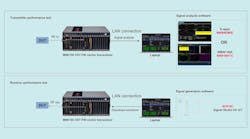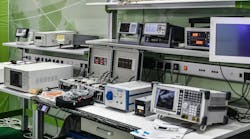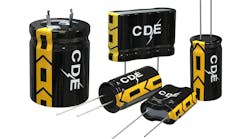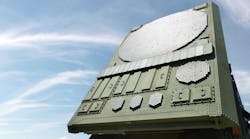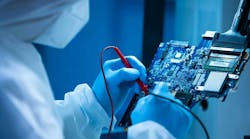Aerospace applications rely on many RF/microwave active and passive components and the test equipment that maintains them. Such applications are highly subject to performance variations with temperature, and understanding the performance changes with sudden variations in temperature requires proper test methodologies to replicate the aerospace operating conditions during on-ground measurements.
But it doesn’t begin and end with developing proper measurement strategies and understanding the roles of different test instruments. Reliable fault diagnosis, and the recognition of generic errors that can impact the characterization of high-end electronic systems for aerospace applications are key factors, too, when it comes to optimizing RF/microwave components and systems for space.
Intentional or unintentional spurious signals are present in the RF ranges and used for applications from space exploration to military warfare. Electronic systems needed for such functions as navigation, communications, and data processing are often limited by their requirements to operate in hostile environments. RF designers must make RF systems compatible with their intended operating environments.
High-end systems such as space-based RF electronic systems consist of a transmitter and receiver for on-board receiving and transmitting of signals at desired frequencies and specified power levels.1 Multiple, closely spaced transmitters are prone to greater levels of interference at higher frequencies. Furthermore, a hybrid approach adopted in realization of such systems poses certain challenges associated with the performance variations due to radiation effects and temperature variations. This presents the risk of total system failure due to overstressing and rendering an entire spacecraft as debris in space.
To avoid such a scenario, attempts have been made to replicate this hybrid aerospace systems design approach during ground testing prior to full system implementation, in order to better understand system operating conditions under actual aerospace conditions and set the stage for a reliable system.2 This poses challenges to the measurement techniques used in the process, since error margins in newer systems are narrow. A general trend in commercial communications is the use of higher frequencies, including 5G wireless systems that are reaching millimeter-wave frequencies. This further challenges test equipment and measurement methods since signal losses tend to increase at higher frequencies.
Overcoming the Main Issues
Many factors affect the accuracy of measurements performed on RF/microwave aerospace systems:
- Electromagnetic interference (EMI) and electromagnetic compatibility (EMC)
- Electrostatic discharge (ESD)
- The contributions of cables and printed-circuit boards (PCBs)
- RF equipment
- Equipment calibration
- Fault diagnosis and component selection
- General precautions
